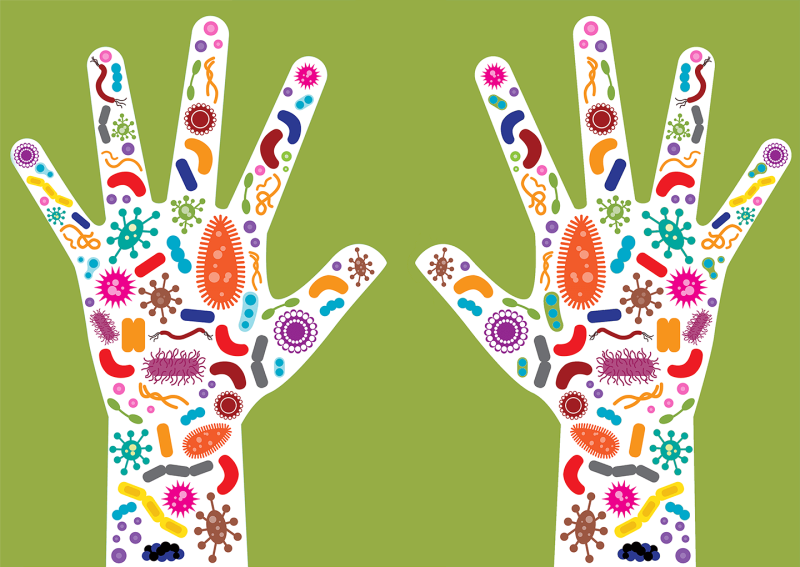We may feel isolated now, in our homes, or apart in parks, or behind plexiglass shields in stores. But we are never alone. I’ve spent much of the last 20 years studying the many species with which we live: thousands of them, perhaps hundreds of thousands, including fungi, bacteria on our skin and in our guts, and animals ranging from the several species of Demodex mites that live in our pores to the spiders that ride with us from home to home.
In ordinary times, no person is an island. We are connected to other people through touch and words but also through the exchange of species, most benign, some even beneficial—on our bodies, in our homes, and more generally in our daily lives. These species may be bacteria, fungi, protists, and even small animals.
[Editor’s note: Rob Dunn is a professor in the department of applied ecology at North Carolina State University. He is the author of six books, including, most recently, Never Home Alone.]…
What happens when each person, or at least each home, becomes an island?
This is something ecologists and evolutionary biologists have studied for several hundred years now. On islands, with enough time, some species become more common, some go extinct, and some evolve. Charles Darwin famously gained insights into the workings of evolution by considering the differences among species of birds isolated on different islands of the Galapagos archipelago. With collaborators, I have looked at similar issues in face mites and bacteria in armpits.
First, there are species that become rarer. We know from thousands of studies of fragments of forest that, as forests are cut into smaller and smaller pieces, species go extinct. For species that live on bodies, it seems likely that the fewer people who live in your home, the more likely it is for any particular body-loving species to go extinct.
I look forward to the day in which we can reconnect and share, anew, communities of microorganisms with others. In the meantime, I’m ever more aware of the thousands of species on my own body, in my own house and yard—virtually none of which have been studied.































